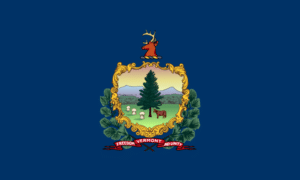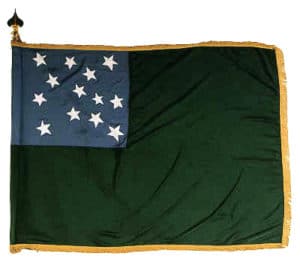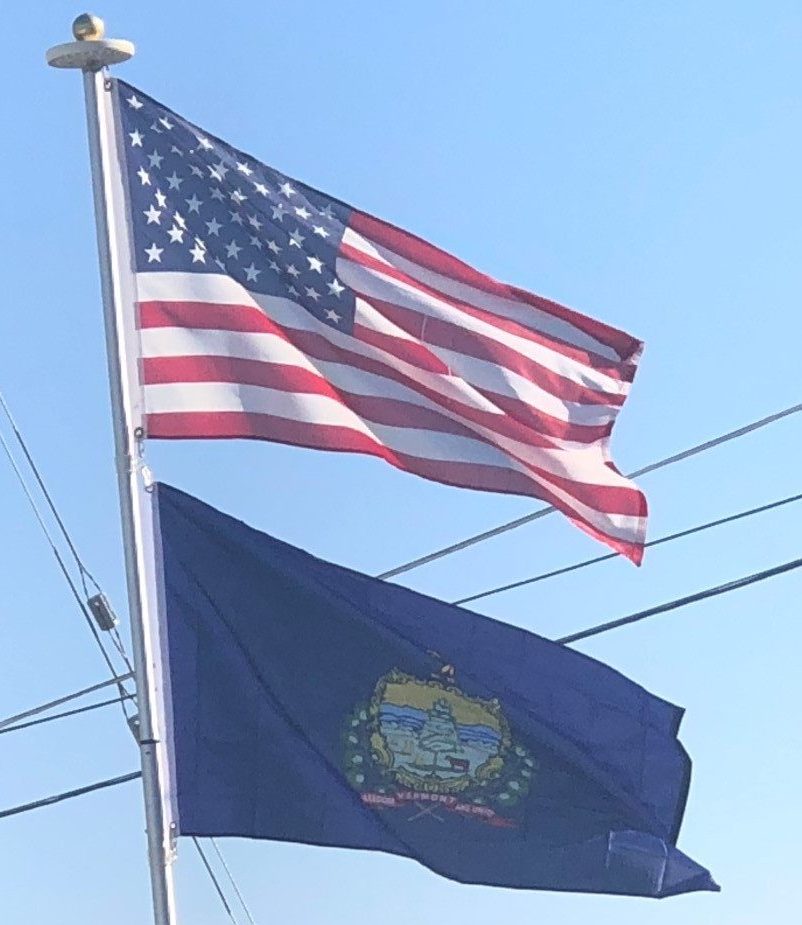Vermont 9 – A route across the southern part of the state that connects Bennington to Brattleboro.
Vermont 105 – Crosses the northernmost parts of Vermont (sometimes within a few miles of the Canada–U.S. border) and connects the cities of St. Albans and Newport.
The state is served by Amtrak’s Vermonter and Ethan Allen Express, the New England Central Railroad, the Vermont Railway, and the Green Mountain Railroad.
The Ethan Allen Express serves Castleton and Rutland, while the Vermonter serves St. Albans, Essex Junction, Waterbury, Montpelier, Randolph, White River Junction, Windsor, Bellows Falls, and Brattleboro.

Vermont is served by two commercial airports:
Burlington International Airport is the largest in the state, with regular flights to Atlanta, Charlotte, Chicago, Detroit, Washington Dulles, JFK, LaGuardia, Newark, Orlando, Philadelphia, and Reagan National as well as winter seasonal flights to Toronto.

Rutland Southern Vermont Regional Airport has regular flights to Boston via Cape Air.
The Flag:
The flag consists of the state’s coat of arms and motto on a field of azure.

While the pine needle supporters of the coat of arms are represented throughout New England and symbolizes the small pine branches worn at the battle of Plattsburgh near the end of the War of 1812, the pine tree in the middle of the coat of arms represents the Vermont forests. The cow and three sheaves of wheat represent the dairy and agriculture industries. The deer head on top represents Vermont’s wildlife. The Green Mountains are in the background as well. The motto, “Freedom and Unity”, is also used. The motto balances two different ideals, the freedom of the individual citizen, and the welfare of the common good.
Multiple versions of the flag have been included throughout history. Originally, the flag was the same as the flag of the Green Mountain Boys.

It was then changed to look similar to the flag of the United States, consisting of red and white stripes, and a blue canton. It was changed to be dissimilar to avoid confusion. Proposals have been brought up to revert the flag back to the Green Mountain Boys’ flag, but none have succeeded.
There is no record today of a design for an official Vermont Flag prior to 1804, although Ira Allen’s design—common to both the Great Seal of Vermont and the coat of arms of Vermont—dates to 1778. While an official government flag might not have existed prior to 1804, the Vermont militia—known as the Green Mountain Boys—was formed in 1770, and remaining accounts record use of the Flag of the Green Mountain Boys as far back as 1777.
On May 1, 1804, the number of U.S. states rose to seventeen, and it was expected that the U.S. flag would change to 17 stars and 17 stripes. In recognition, Vermont adopted what was expected to be the new U.S. flag with the addition of the name “VERMONT” embroidered along the top. The U.S. flag did not change in that way, resulting in the Vermont flag having more stripes than the national flag.
